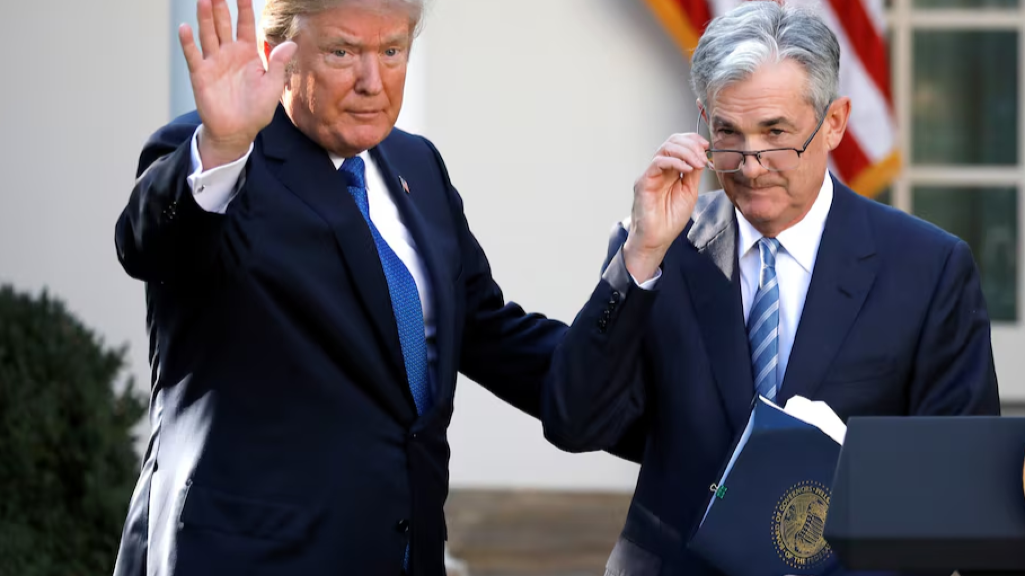COINTIKA.COM - President Donald Trump is actively considering replacing Federal Reserve Chair Jerome Powell before his term concludes in 2026, signaling a potential shift in monetary policy leadership. "SCOOP: As President Trump remains furious at Fed Chair Jerome Powell, he has started deliberating to make his choice of chair and announce it to the world months before Powell's term ends," tweeted Brian Schwartz (@schwartzbWSJ) on June 25, 2025, foreshadowing the current developments.
This move follows ongoing disagreements between the President and Chair Powell regarding interest rate policy. Trump has repeatedly urged the Fed to implement immediate and substantial rate cuts, contrasting sharply with Powell's more cautious approach. During a recent press briefing, Trump publicly criticized Powell's handling of the economy, stating that the current interest rates are harming economic growth. These remarks came as Powell simultaneously testified before Senate lawmakers.
The President's dissatisfaction stems from the Fed's current interest rate range of 4.25%–4.5%, which he believes needs to be significantly lowered—ideally to between 1% and 2%. He has voiced this opinion repeatedly, both publicly and on social media. His criticism has extended to personal attacks, labeling Powell as "very dumb" and "hardheaded," and predicting long-term negative consequences for the American economy due to Powell's leadership. Reports suggest Trump is considering three or four candidates, potentially including Kevin Warsh, Kevin Hassett, Chris Waller, David Malpass, and Scott Bessent, all viewed as more aligned with his pro-growth, lower-interest-rate agenda. While Trump confirmed he has narrowed his list, he has yet to announce a specific timeline for a decision.
Despite Trump's public pronouncements, replacing Powell before his term officially ends faces significant legal hurdles. Recent Supreme Court rulings reinforce the Federal Reserve's independence, potentially limiting the President's ability to dismiss Powell prematurely. This echoes challenges faced during Trump's first term when similar considerations were ultimately abandoned due to negative market reactions. Powell, for his part, has indicated his intention to serve his full term. However, Trump's actions suggest a determined effort to shape future monetary policy direction, even if it means challenging established norms and legal precedents.
Further complicating matters, Powell's recent testimony before Congress highlighted the Fed's strategic decision to maintain a wait-and-see approach to rate adjustments. He cited uncertainties surrounding proposed tariffs and inflation as key factors influencing this cautious stance, a position directly counter to Trump's demands for immediate, substantial rate cuts. The divergence in perspectives between the President and the current Fed Chair underscores a significant policy clash with potentially far-reaching economic consequences.











